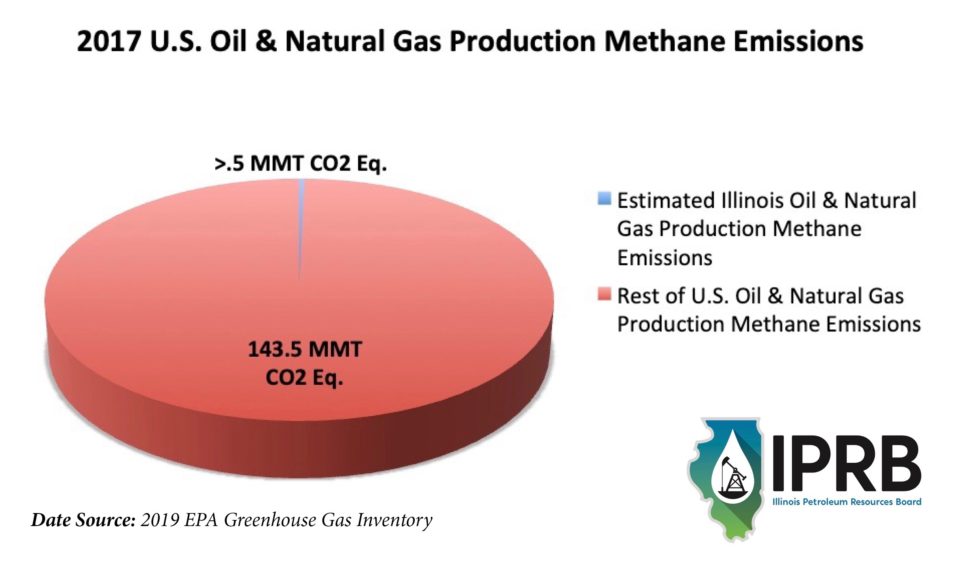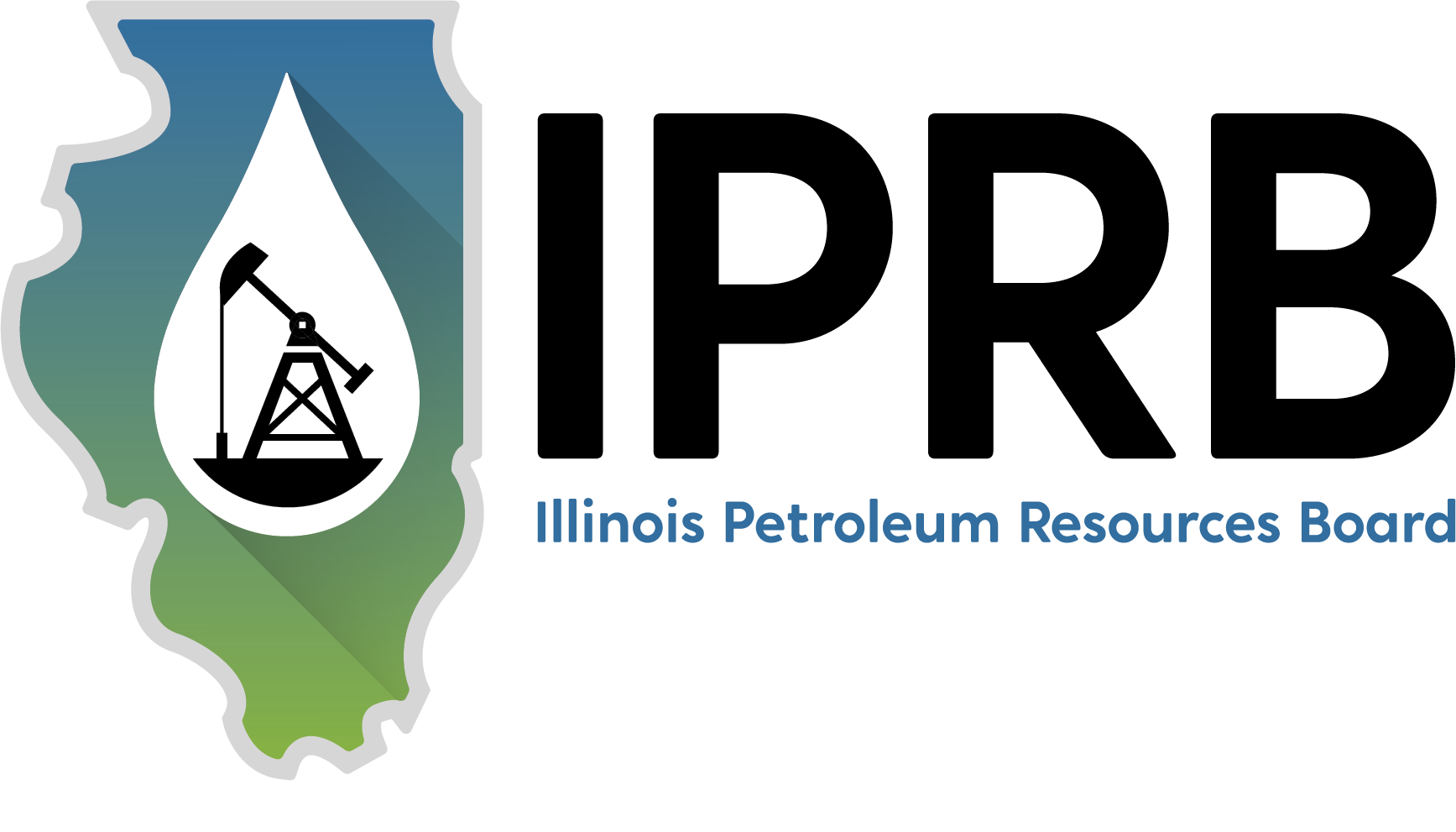Important Context on Illinois Oil & Gas Production Methane Emissions
The Trump administration’s proposed revisions to Obama-era methane regulations on oil and natural gas systems received a lot of alarmist media coverage last week. But lost amidst all the ominous headlines from regional outlets were some largely overlooked key facts regarding emissions from the Illinois oil production industry and the adverse impact direct methane emission regulations would pose in the Land of Lincoln.
First and foremost, Illinois oil and natural gas production methane emissions – by any reasonable estimate – are negligible, likely accounting for less than .5 percent of overall U.S. oil and natural gas system methane emissions, as the following IPRB chart based on the most recent U.S. Environmental Protection Agency (EPA) data illustrates.

It’s not difficult to surmise why Illinois oil and natural gas methane emissions are inconsequential in the big picture. Illinois oil production accounts for less than one percent of total U.S. production and there is very little natural gas production in the state. Natural gas production accounts for more than half of overall U.S. oil and natural gas system methane emissions, according to the EPA.
As a soon-to-be-released Department of Energy methane report including the Illinois Basin will likely confirm, Illinois oil and natural gas methane emissions pose little to no climate change threat.
But in sharp contrast, direct methane regulations on the small, independent operators that dominate the Land of Lincoln would almost certainly adversely affect a local industry that is responsible for 14,000 Illinois jobs and $3 billion in annual economic impact.
Nearly half of Illinois oil production industry workers are independent owner/operators or independent contractors, while 83 percent of exploration and production firms with payroll have 10 or fewer employees. In other words – the Illinois industry is anything but “Big Oil.” Case in point: more than 90 percent of Illinois oil wells are “stripper” wells that produce one to two barrels per day.
The small operators most prevalent in the Illinois Basin would be adversely affected by requirements to purchase expensive equipment such as infrared cameras necessary to monitor methane leaks. These added costs could potentially force small operators to shut their doors altogether, or at the very least, shut down many of the state’s low-producing wells that provide royalty income to more than 30,000 – all while achieving virtually no climate benefit.
Of course, climate change is a global issue, so we would be remiss not to bring some global context to the discussion.
With regard to oil-related emissions specifically, overall U.S. petroleum system methane emissions are also low and have decreased significantly even as domestic production has skyrocketed. In fact, the most recent EPA Greenhouse Gas Inventory shows that U.S. petroleum system methane emissions represent just .58 percent of total U.S. greenhouse gas emissions, even when taking into account methane’s radiative forcing compared to carbon dioxide (25 times greater than CO2 over a 100-year time frame).
U.S. petroleum system methane emissions also represented just 5.7 percent of overall U.S. man-made methane emissions in 2017, and have declined 9.4 percent since 2013 at same time U.S. oil production increased 25 percent.
A recent Gas Technology Institute Center for Methane Research report also finds that just 12.4 percent of global methane emissions are attributable to oil and natural gas production. The report – based on the National Oceanic and Atmospheric Administration’s (NOAA) Annual Greenhouse Gas Index (AGGI), the 2016 Global Carbon Project’s Methane Budget and the 2017 EPA Greenhouse Gas Inventory – finds that methane emissions from the U.S. natural gas industry specifically accounted for just 1.2 percent of global methane emissions in 2016.
And that small piece of the global pie is only getting smaller.
The EPA and Energy Information Administration find that methane emissions from onshore U.S. oil and natural gas production fell 24 percent from 2011 to 2017 while oil and natural gas production rose 65 percent and 19 percent. A recent National Oceanic and Atmospheric Administration study also finds there has been “major overestimation” of industry’s methane emissions in some previous studies.
One under-reported reason U.S. oil and natural gas system methane emissions continue to decline is a 2012 EPA rule limiting volatile organic compound emissions (VOCs) from new and modified infrastructure. That rule effectively regulates methane, which is co-emitted along with VOCs – and it remains in place.
To be clear, methane emissions can and should be reduced as much as possible. But contrary to some recent media coverage, the industry has been doing exactly that in recent years, and oil and natural gas methane emissions – particularly in Illinois – represent a very small sliver of global greenhouse gas emissions. The Trump administration’s proposed revisions to the Obama administration’s methane rule are unlikely to reverse those positive trends.
